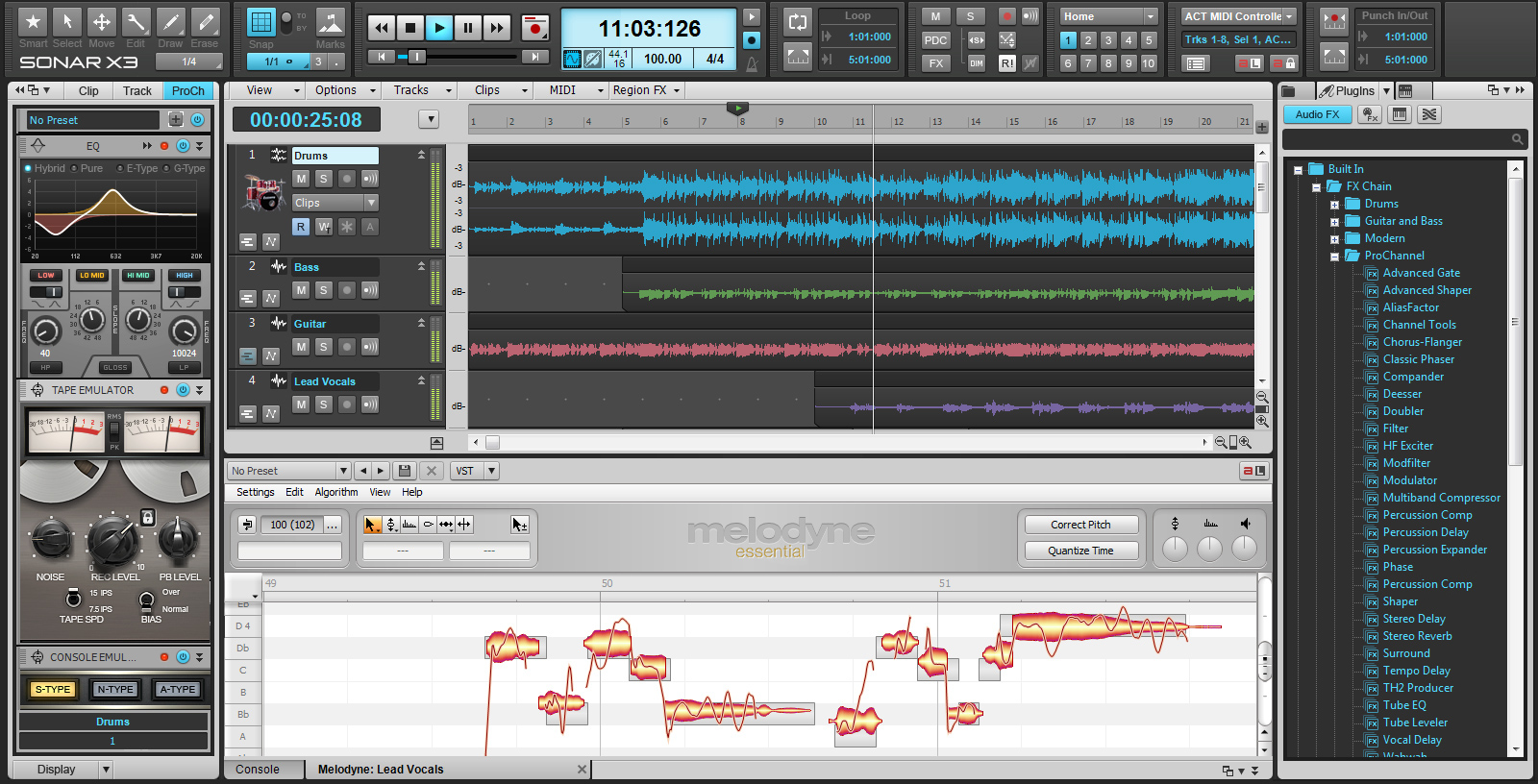Entering the studio can be a stressful task if it is your first time. Here at Cakewalk we’ve outlined a few things that every guitarist should know before walking into a tracking session.
1. Change your strings every 24 hours of play time
Guitar strings can take a beating in the studio, especially if your plan is to record a whole album’s worth of material. To keep strings from become dull and bland make sure to switch them out every 24 hours of play time. If you do switch them before a session, make sure to properly break them in so that you are breaking them in while you record.
2. Improve pick attack and dexterity
Sometimes one of the reasons why guitarists have a hard time getting the sound they want in the studio is because their pick attack is not as hard as it needs to be. A lot of the time in rock and heavy metal recordings much of the sound from the guitars is what drives the song. If that sound is not a particular tone and aggressiveness then the sound of the track will not sound correct for that style. A harsh palmed muted passage played by someone who isn’t quite versed in that style sticks out like a sore thumb.
3. Practice, practice, practice to a metronome
This goes without saying. Make sure that you are practicing to a metronome and internalizing the clicking. Don’t tap your foot or make any loud gestures to count the beat to yourself. You must feel the metronome in your playing or else you will have a hard time staying quiet in a recording booth while tracking.
4. Practice playing full takes
Recording full takes is definitely one of the Continue reading “14 Tips for Guitarists Before Entering The Studio”


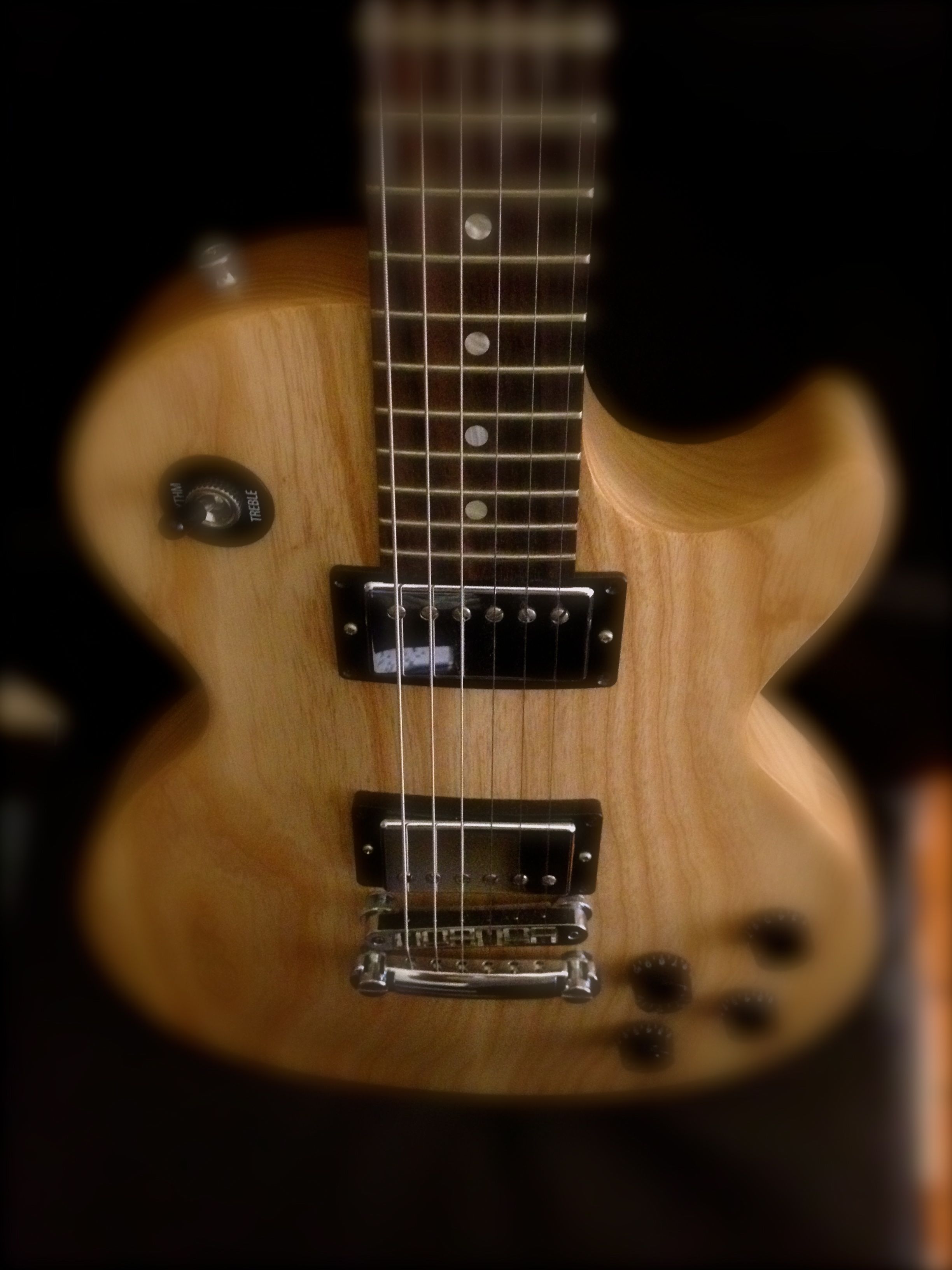

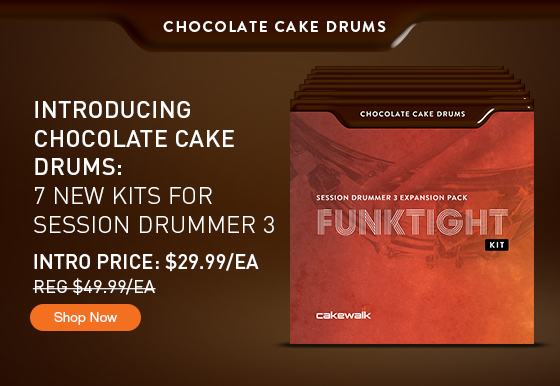


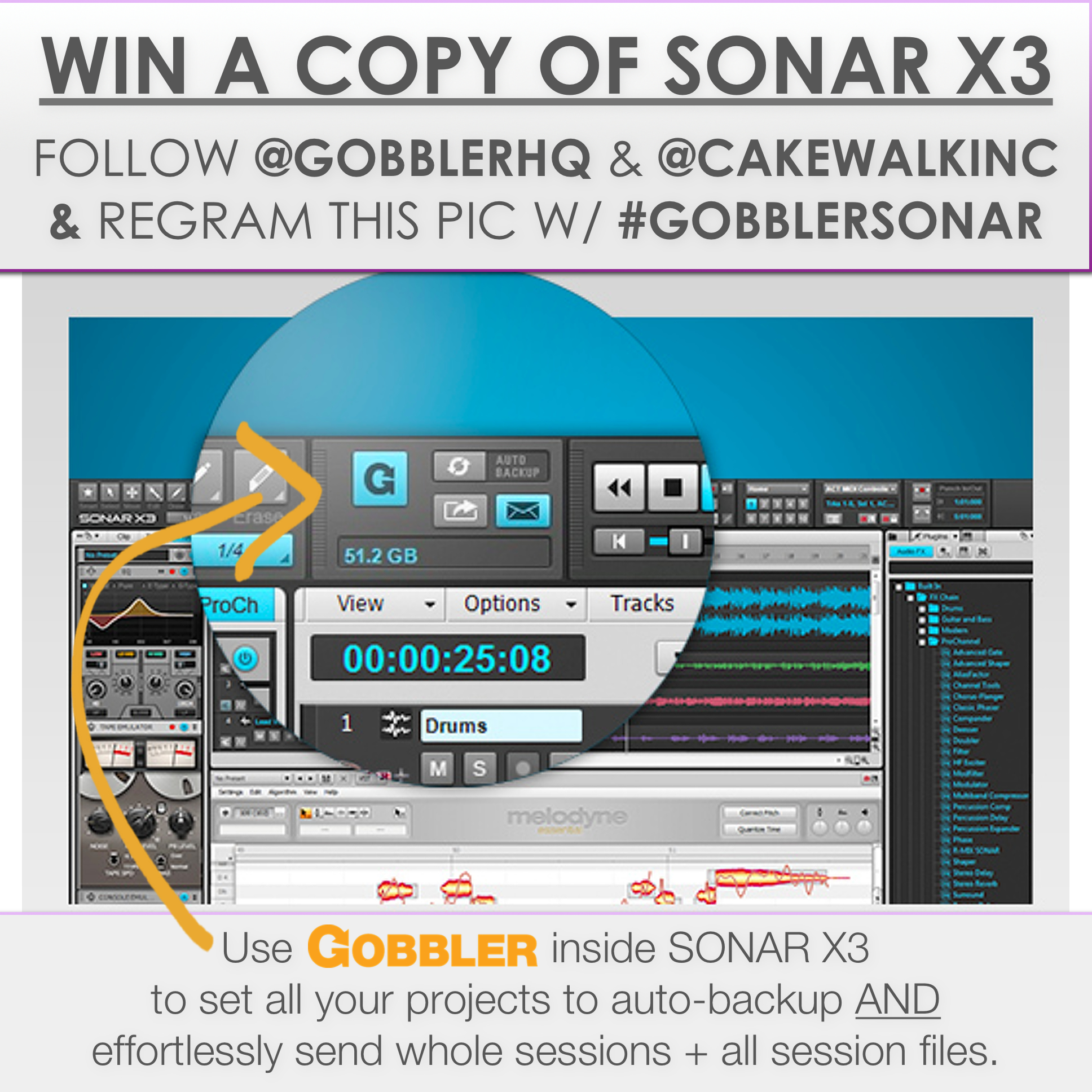
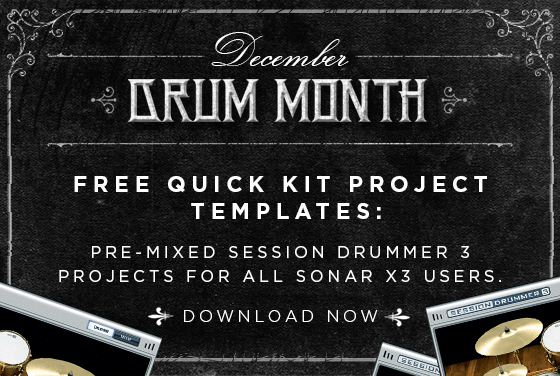
 “Audio Production Jobs” come in all shapes and sizes these days;-) Yes, the music industry in general has shrunken to an all-time low in terms of major label budget projects, but the flip side is that there are many nooks and crannies out there to stay creative while making money. I think the key these days is getting into as many industry circles as possible, and then over-delivering. If you’re handed a job for writing, mixing, producing or even recording, and you knock it out of the park the first time with low-no hassles to the client, you will certainly come to mind on the next round. I would also be willing to bet that your name will be referred to other folks outside of that job’s “circle.” You just never know to where things are going to lead.
“Audio Production Jobs” come in all shapes and sizes these days;-) Yes, the music industry in general has shrunken to an all-time low in terms of major label budget projects, but the flip side is that there are many nooks and crannies out there to stay creative while making money. I think the key these days is getting into as many industry circles as possible, and then over-delivering. If you’re handed a job for writing, mixing, producing or even recording, and you knock it out of the park the first time with low-no hassles to the client, you will certainly come to mind on the next round. I would also be willing to bet that your name will be referred to other folks outside of that job’s “circle.” You just never know to where things are going to lead. Just a few weeks ago I was contacted by NYC singer-songwriter Jodi Good’s music attorney Steven Beer on a Friday night to discuss an opportunity for a “Holiday Song” to be placed with a major publication [for Monday]. Now usually, “Holiday Songs” are recorded around August or September and we were already at the end of November, so I knew this was going to be a tough one to accomplish especially since the song had to be written, recorded and mixed fast. The other strike against me was that this one was a bit out of my rock, and pop-rock comfort zones, but I knew the challenge would be a good experience on many different levels, so I decided to fire up the eggnog and go for it. Plus I had the comfort of knowing that Jodi is a great songwriter especially in the lyric department, so it was “weekend on.”
Just a few weeks ago I was contacted by NYC singer-songwriter Jodi Good’s music attorney Steven Beer on a Friday night to discuss an opportunity for a “Holiday Song” to be placed with a major publication [for Monday]. Now usually, “Holiday Songs” are recorded around August or September and we were already at the end of November, so I knew this was going to be a tough one to accomplish especially since the song had to be written, recorded and mixed fast. The other strike against me was that this one was a bit out of my rock, and pop-rock comfort zones, but I knew the challenge would be a good experience on many different levels, so I decided to fire up the eggnog and go for it. Plus I had the comfort of knowing that Jodi is a great songwriter especially in the lyric department, so it was “weekend on.”
